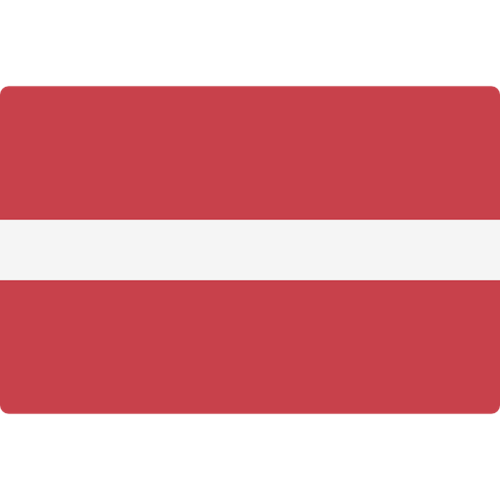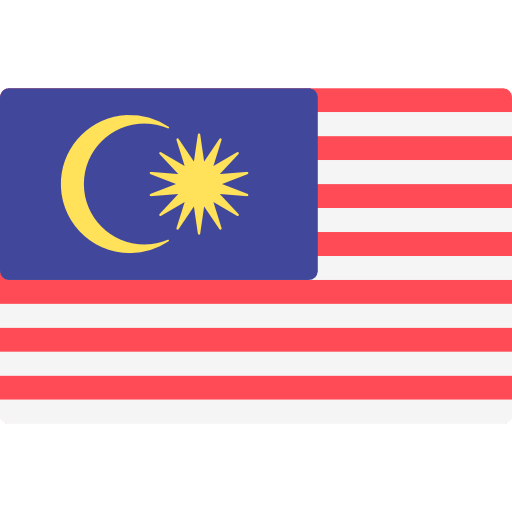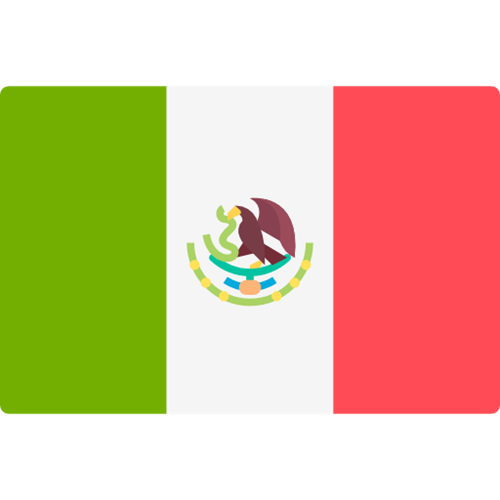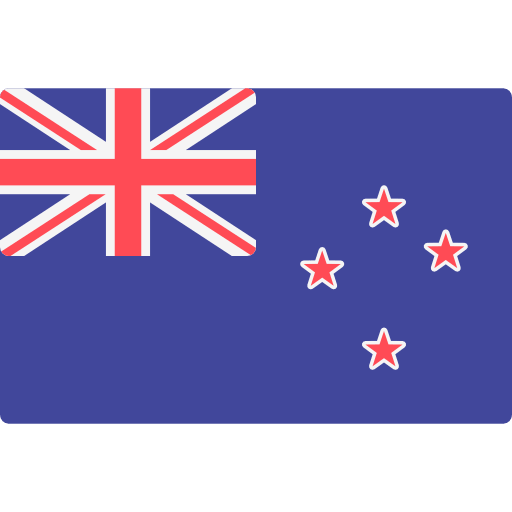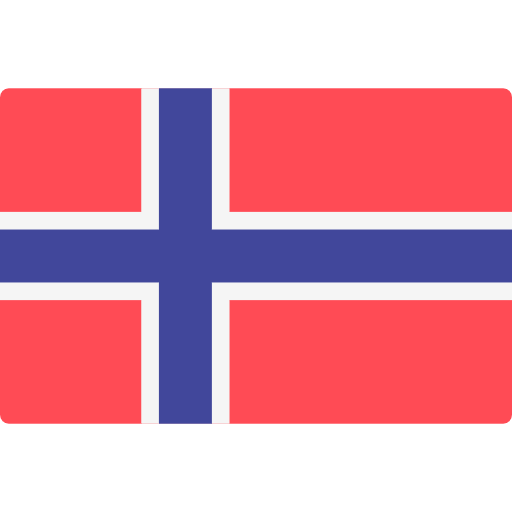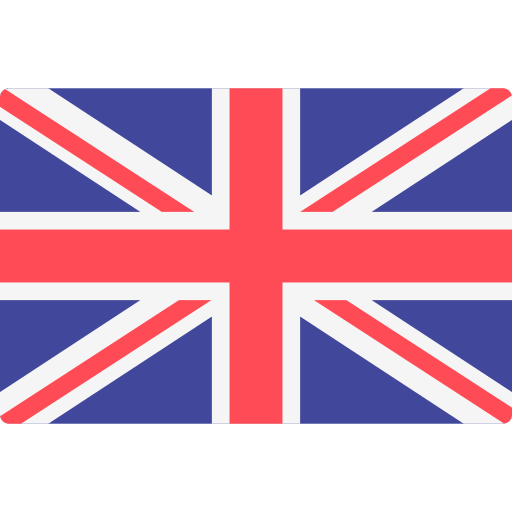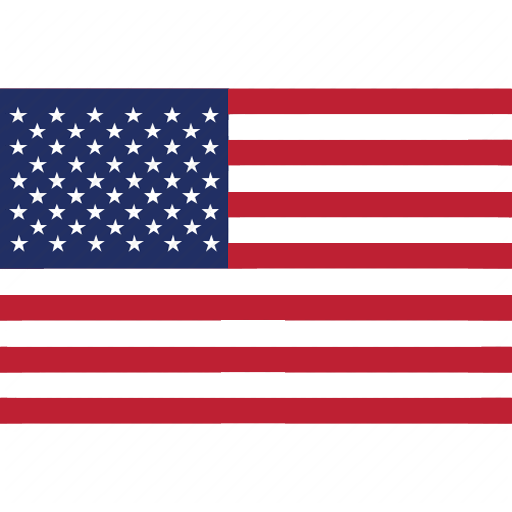Chemicals | Monthly bulletin | November 2025


Update to Candidate List of Substances of Very High Concern (SVHCs)
On the 5th of November 2025, the ECHA (European Chemicals Agency) released the new Candidate List of SVHCs with the addition of a new substance.
The current list of SVHCs now contains 251 substances.
View the latest substance addition
EU tightens limits on PBDEs under POP Regulation
On the 28th of October 2025, the European Union published Delegated Regulation (EU) 2025/1482, amending Regulation (EU) 2019/1021 on persistent organic pollutants (POPs). The aim is to reduce the presence of polybrominated diphenyl ethers (PBDEs) (tetraBDE, pentaBDE, hexaBDE, heptaBDE, decaBDE) in mixtures and articles, including recovered materials, and toys and childcare articles containing or made of recovered materials, strengthening the protection of human health and the environment.
The text sets new concentration limits for these substances, which will be applied progressively. Annex I of Regulation (EU) 2019/1021 is modified as follows:
|
Category |
Limit for the sum of tetraBDE, pentaBDE, hexaBDE, heptaBDE and decaBDE |
Effective Date |
|
General mixtures & articles (Except for food contact materials subject to Regulation (EC) No 1935/2004) |
10 mg/kg (sum) |
17/11/2025 |
|
Mixtures or articles containing or made of recovered materials (Except for food contact materials subject to Regulation (EC) No 1935/2004) |
500 mg/kg (sum) |
17/11/2025 |
|
350 mg/kg (sum) |
30/12/ 2025 |
|
|
200 mg/kg (sum) |
30 /12/ 2027 |
|
|
Toys & childcare articles containing or made of recovered materials (Except for food contact materials subject to Regulation (EC) No 1935/2004) Childcare articles: any product facilitating children’s seating, sleep, relaxation, hygiene, changing and general body care, feeding, sucking, transportation and protection. |
500 mg/kg (sum) |
17/11/2025 |
|
350 mg/kg (sum) |
30/12/ 2025 |
|
|
10 mg/kg (sum) |
30 /05/ 2027 |
Note that the restriction of tetra-, penta-, hexa-, hepta- and decaBDE in POP Regulation is not applicable to electric and electronic equipment within the scope of Directive 2011/65/EU (RoHS).
With this measure, the EU fulfills its international commitments under the Stockholm Convention and the 1979 Protocol, reinforcing safety in products that may contain traces of PBDEs.
EU PIC Regulation strengthens global chemical safety and cooperation
On the 30th of September 2025, the European Commission published the Synthesis Report on the operation of Regulation (EU) No 649/2012 concerning the export and import of hazardous chemicals for the period 2020-2022.
The Prior Informed Consent (PIC) Regulation ensures that importing countries receive critical information about hazardous chemicals through an export notification system. The ePIC platform, developed by the ECHA, plays a key role in managing this process efficiently, processing over 10,000 export notifications annually.
The report also notes that the EU goes beyond the Convention by requiring explicit consent for certain chemical exports. Despite operational challenges, exporters generally complied with their obligations, supported by DNAs and ECHA guidance.
During the reporting period, the Commission fulfilled its legal obligations by:
- Adopting two delegated regulations, adding 48 chemicals to Annex I of the PIC Regulation.
- Issuing an implementing decision on EU import rules.
- Representing the Union in international negotiations under the Rotterdam Convention.
On the other hand, Member States largely met their obligations, though some faced difficulties managing year-end notification peaks.
Overall, the PIC Regulation is functioning smoothly, reinforcing the EU’s commitment to chemical safety and international cooperation.
For more information, consult the European Commission website here.
Recent publications on REACH Regulation
The following table provides a non-exhaustive summary of some recent updates regarding REACH Regulation (EC) No 1907/2006:
|
Summary of the most recent updates |
||
|
Date |
Subject |
Link |
|
16/10/2025 |
The European Chemicals Agency (ECHA) closed the public consultation on a proposal to add three substances to the Candidate List of Substances of Very High Concern (SVHCs).
|
For more information, consult the European Commission website here. |
|
07/10/2025 |
The European Chemicals Agency (ECHA) published a proposal about basic regulation. It aims to:
|
For more information, consult the European Commission website here. |
|
16/10/2025 |
The European Commission published Implementing Regulation (EU) 2025/2067 which reviews the REACH fee Regulation (EC) No 340/2008. Key updates include:
|
For more information, consult the European Commission website here. |
|
23/10/2025 |
A new summary of the updated PFAS restriction dossier has been released, outlining key points from the Background Document for the proposed universal restriction of per- and polyfluoroalkyl substances (PFAS) under the REACH Regulation. |
For more information, consult the KEMI website here. |
Interesting resources on REACH Regulation on the ECHA’s website
- Registry of restriction intentions until outcome - ECHA (europa.eu)
- Registry of SVHC intentions until outcome - ECHA (europa.eu)
- Substance evaluation - CoRAP - ECHA (europa.eu)
- Adopted opinions and previous consultations on applications for authorisation - ECHA (europa.eu)
- Applications for authorisation - current consultations - ECHA (europa.eu)
- Current calls for comments and evidence - ECHA (europa.eu)
- Authorisation List - ECHA (europa.eu)
- ECHA's completed activities on restriction
- Submitted restrictions under consideration
- Assessment of regulatory needs list
Interesting resources on the CLP Regulation on the ECHA’s website
- Registry of CLH intentions until outcome - ECHA (europa.eu)
- Harmonised classification and labelling consultations - ECHA (europa.eu)
The European Commission defines EU position for COP6 to the Minamata Convention on Mercury
On the 3rd of October 2025, the European Commission published a proposal for a Council Decision establishing the position that the European Union will adopt at the sixth Conference of the Parties (COP6) to the Minamata Convention on Mercury, scheduled to take place from the 3rd - 7th November 2025.
The objective is to strengthen the protection of human health and the environment against mercury emissions and releases through more stringent global measures. The main actions proposed include:
- Creation of a new annex subjecting certain mercury compounds to prior written consent procedures for export.
- Amendment of Annex A, which regulates mercury-added products, including the progressive phase-out of dental amalgam and cosmetics containing mercury.
- Revision of Annex B, introducing phase-out dates for industrial processes using mercury, such as the production of vinyl chloride monomer (VCM), in line with the stricter standards already applied within the EU.
The proposal is based on Regulation (EU) 2017/852 on mercury, which already prohibits the export of certain compounds and establishes more stringent restrictions than those currently provided under the Convention.
This initiative contributes to the objectives of the European Green Deal, the Chemicals Strategy for Sustainability, and the ambition of Zero Pollution for a toxic-free environment.
For more information, consult the official publication on the European Commission website here.
Updates to GB Mandatory Classification and Labelling List for Substances and Mixtures
On the 22nd of September, the United Kingdom’s Health and Safety Executive (HSE) published the seventh edition of the Great Britain Mandatory Classification and Labelling (GB MCL) List for substances and mixtures. This latest update, which entered into force on the 23rd of September 2025, introduces new or revised legally binding classifications and labelling requirements for 32 substances.
The final compliance date for these new or revised classifications is on the 22nd of March 2027, although substances and mixtures may be classified, labelled, and packaged according to the updated requirements before this deadline.
Brazil launches Draft RoHS Regulation for Electrical and Electronic Equipment
On the 24th of September 2025, Brazil’s National Environmental Council (CONAMA) closed a public consultation on a draft regulation aimed at restricting the use of ten hazardous substances in electrical and electronic equipment sold in the country. The proposal is inspired by the European RoHS 2.0 Directive and seeks to reduce environmental impact and health risks associated with electronic waste.
Key points of the draft:
- Scope: Includes household appliances, IT devices, lighting, and medical equipment. Exemptions apply to defense, aerospace, large-scale industrial equipment, vehicles, and photovoltaic modules.
- Restricted substances: Lead, mercury, cadmium, hexavalent chromium, PBB, PBDE, and four phthalates (DEHP, BBP, DBP, DIBP). Limits are 0.1% (except cadmium at 0.01%).
- Compliance deadlines: Immediate application for brominated flame retardants, up to four years for phthalates.
- Requirements: Manufacturers and importers must register in a national system, submit declarations of conformity, and label products with clear information and recycling symbols.
- Corrective measures: Non-compliance may lead to sales suspension and product recalls.
This initiative represents a significant step toward responsible e-waste management in Brazil, aligning with international standards and promoting sustainability.
For more information, consult the official publication here.
China has upgraded the RoHS standards to mandatory
On August 1st, 2025, the China RoHS new standard GB 26572-2025 was released along with the No. 18 Announcement of National Standard, published by the Chinese SAC.
This new and mandatory China RoHS standard will fully replace the previous voluntary standard GB/T 26572-2011, and will take full effect on August 1st, 2027.
The standard applies to electrical and electronic products that are produced, sold, and imported in the Chinese market, and also specifies the limit requirements for hazardous substances and labelling requirements for electrical and electronic products. This standard significantly strengthens the environmental compliance framework for electrical and electronic products in China.
This update harmonises China's regulations with global trends, most notably the EU RoHS Directive, by expanding the scope of restricted substances, standardising testing methods, and mandating labelling requirements.
Key Changes and Compliance Requirements
- Expanded Scope of Hazardous Substances
The new standard expands the list of restricted substances from six to ten by adding four phthalates. Please see the table below for more details.
| No. | Substance | Abbreviation | Limit
(% by weight) |
Remark |
|
1 |
Dibutyl phthalate |
DBP |
≤0.1 |
GB 26572 |
|
2 |
Diisobutyl phthalate |
DIBP |
≤0.1 |
|
|
3 |
Benzyl butyl phthalate |
BBP |
≤0.1 |
|
|
4 |
Bis(2-ethylhexyl) phthalate |
DEHP |
≤0.1 |
|
|
5 |
Lead |
Pb |
≤0.1 |
GB 26572 (GB/T 26572) |
|
6 |
Cadmium |
Cd |
≤0.01 |
|
|
7 |
Mercury |
Hg |
≤0.1 |
|
|
8 |
Hexavalent Chromium |
Cr(VI) |
≤0.1 |
|
|
9 |
Polybrominated biphenyl |
PBBs |
≤0.1 |
|
|
10 |
Polybrominated diphenyl ethers |
PBDEs |
≤0.1 |
- Unified Mandatory Testing Method
GB 26572-2025 explicitly standardises compliance verification by mandating the use of the GB/T 39560 series – ‘Determination of Certain Substances in Electrical and Electronic Products’—as the sole testing methodology. This standardisation is designed to ensure accuracy, consistency, and reliability across all compliance testing in the industry.
- New Product Categorisation and Requirements
The standard introduces a two-category system for governing electrical and electronic products:
-
- Category I: Products listed in the catalogue for compliance management must meet both the substance concentration limits and mandatory labelling requirements.
- Category II: All other electrical and electronic products are only subject to mandatory labelling obligations, though voluntary compliance with the substance limits is strongly encouraged.
- Mandatory Labelling Requirements
By incorporating the stipulations of SJ/T 11364-2024 ‘Labelling requirements for restricted use of hazardous substances in electrical and electronic products’, China has formally elevated labelling requirements to a national standard under GB 26572-2025. This action is aimed at enhancing market transparency and increasing industry accountability.
The following is the Restriction of Hazardous Substances (RoHS) Mark for Electrical and Electronic Products:
-
- The size of the mark should be no less than 5 mm × 5 mm. Proportional enlargement is allowed.
- A different colour is acceptable; however, the second mark (with digit) must not be in green.
- The mark can be directly placed on visible parts of the product using any method such as molding, laser engraving, spraying, sticking, or printing, and should ensure that the mark is clear, easily recognisable, resistant to fading, and not easily removed.
- If digital forms are used for the mark, it must meet section 6.4.5 requirements

- Information form for harmful substances
The information form should comply with the requirements in Section 6.3 and include the following:
| Table of names and content information of hazardous substances in the product | ||||
| Components | Hazardous Substance | |||
|
Substance 1 |
Substance 2 |
…… |
Substance n |
|
|
Components 1 |
|
|
|
|
|
Components 1 |
|
|
|
|
|
…… |
|
|
|
|
|
Components n |
|
|
|
|
|
Note 1: ○: indicates that the content of the hazardous substance in all homogeneous materials of the component does not exceed the limits set by national standards for the restriction of hazardous substances in electrical and electronic products. ×: indicates that the content of the hazardous substance in at least one homogeneous material of the component exceeds the limits set by national standards for the restriction of hazardous substances in electrical and electronic products. Note 2: For components not listed above, this indicates that the content of hazardous substances does not exceed the limits set by national standards for the restriction of hazardous substances in electrical and electronic products. |
||||
- Updated Terminology
The new standard refines several key definitions to provide greater regulatory clarity, including:
-
- The term ‘restricted substances’ has been formally replaced with ‘hazardous substances.’
- Three new terms have been added for implementation and enforcement:
- Environment-friendly use period
The period during which, when the user uses the product normally according to the instructions, harmful substances contained in electrical and electronic products will not leak or undergo sudden changes, and will not cause serious environmental pollution or serious damage to personal safety or property. - Catalogue for compliance management of restricted use of hazardous substances in electrical and electronic products
Product catalogue formulated for the management of restrictions on the use of hazardous substances in electrical and electronic products. - Exemption
Due to technical or economic limitations, the legal regulations may not set limit requirements or may relax limit requirements for certain hazardous substances contained in electrical and electronic products during a certain period.
- Environment-friendly use period
UNECE publishes 11th revised edition of the Globally Harmonized System (GHS)
On the 12th of September 2025, the United Nations Economic Commission for Europe (UNECE) released the 11th revised edition of the Globally Harmonized System of Classification and Labelling of Chemicals (GHS Rev.11), introducing significant updates to improve chemical safety worldwide.
The amendments adopted at the Committee’s twelfth session on the 6th of December 2024 include:
- Clarified classification criteria for aerosols and chemicals under pressure (Chapter 2.3).
- New guidance for skin sensitisation classification using non-animal methods (Chapter 3.4).
- Classification for substances and mixtures that are hazardous by contributing to global warming (Chapter 4.2).
- Rationalisation of precautionary statements to enhance clarity and usability for labelling practitioners.
- New section in Annex 11 providing guidance on identifying simple asphyxiants.
This update supports global harmonisation of chemical hazard communication and aligns with international efforts to strengthen health and environmental protection during chemical handling, transport, and use.
For more details and to access the publication, visit UNECE GHS Rev.11.
























